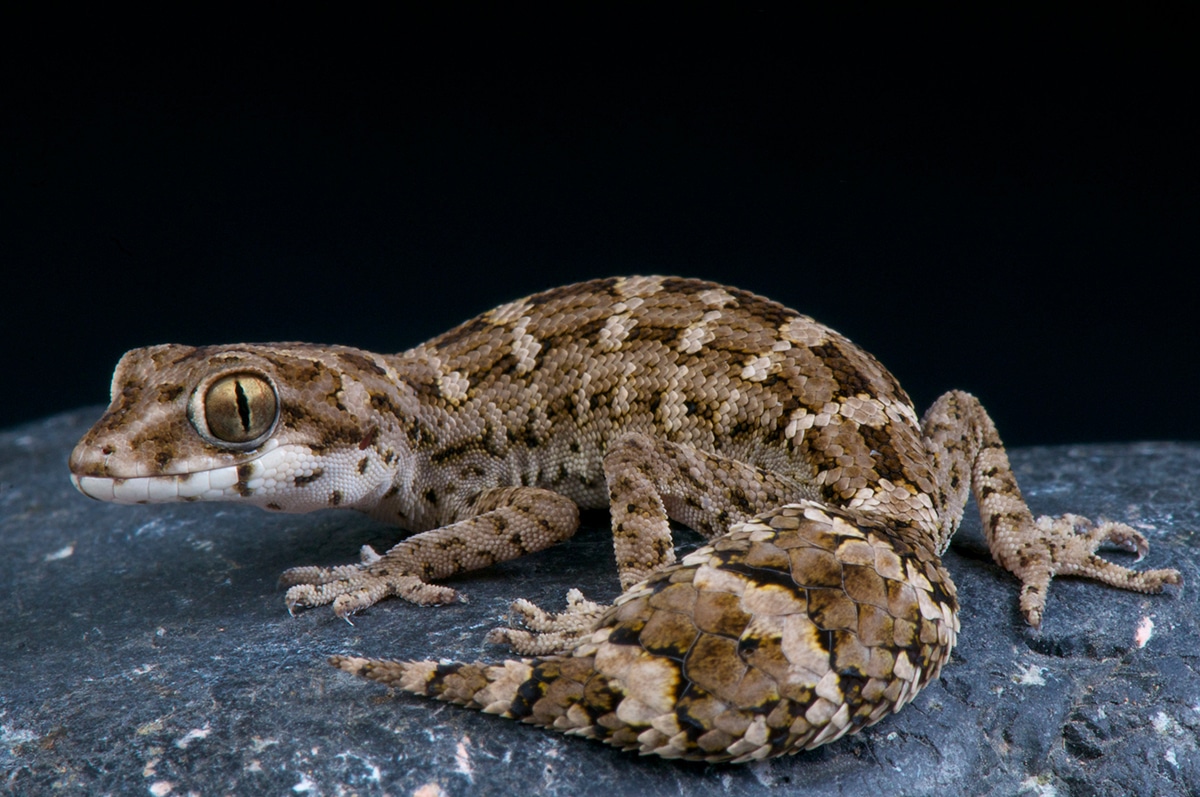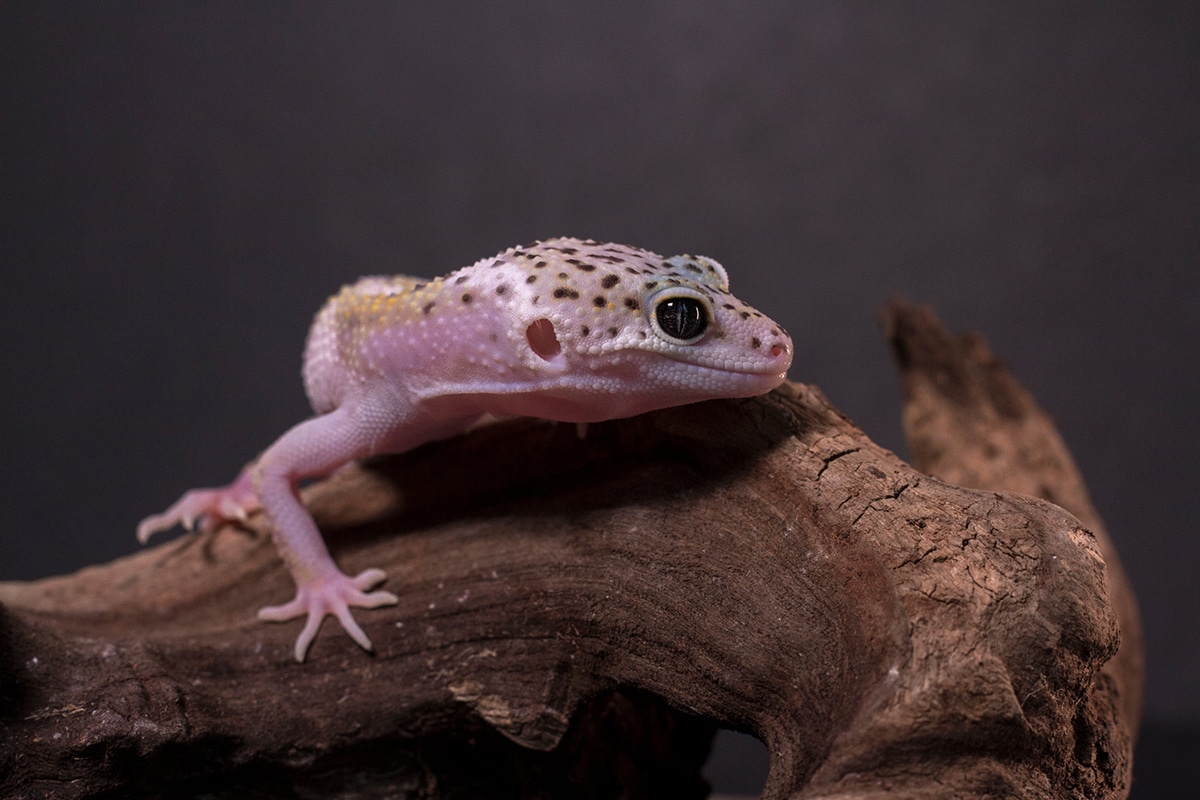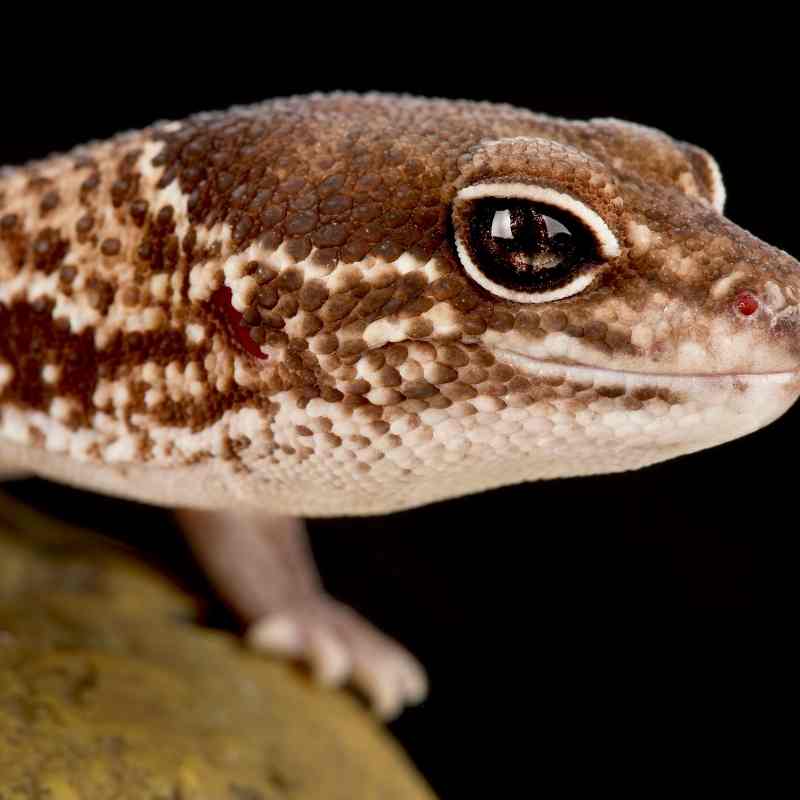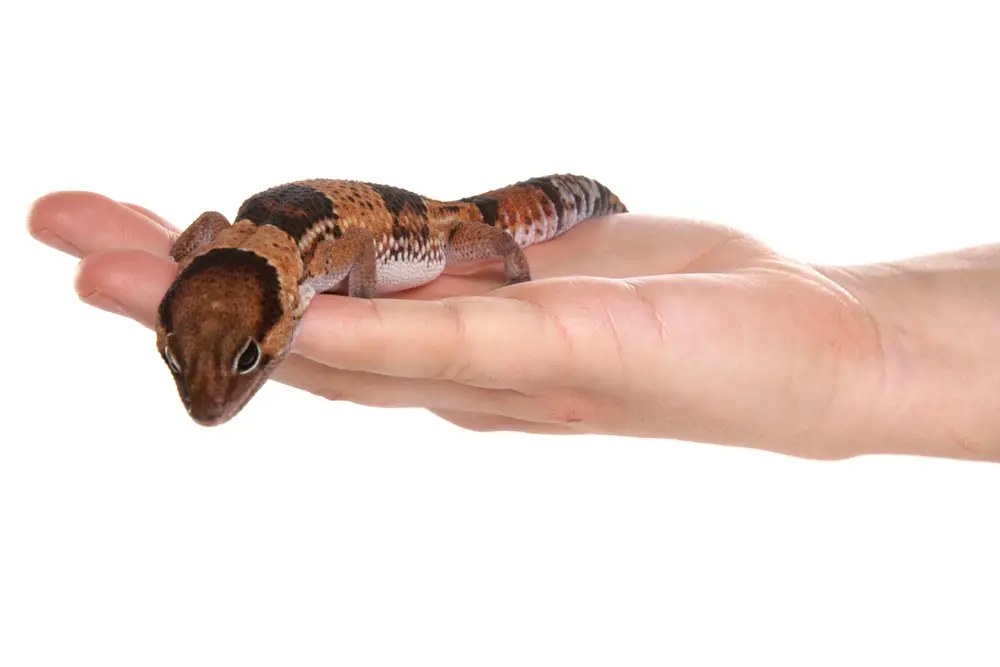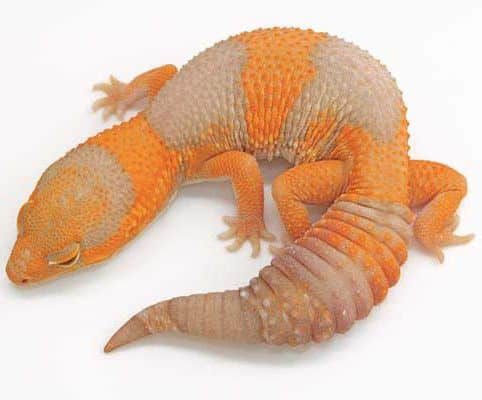All About African Fat Tail Geckos In The Wild
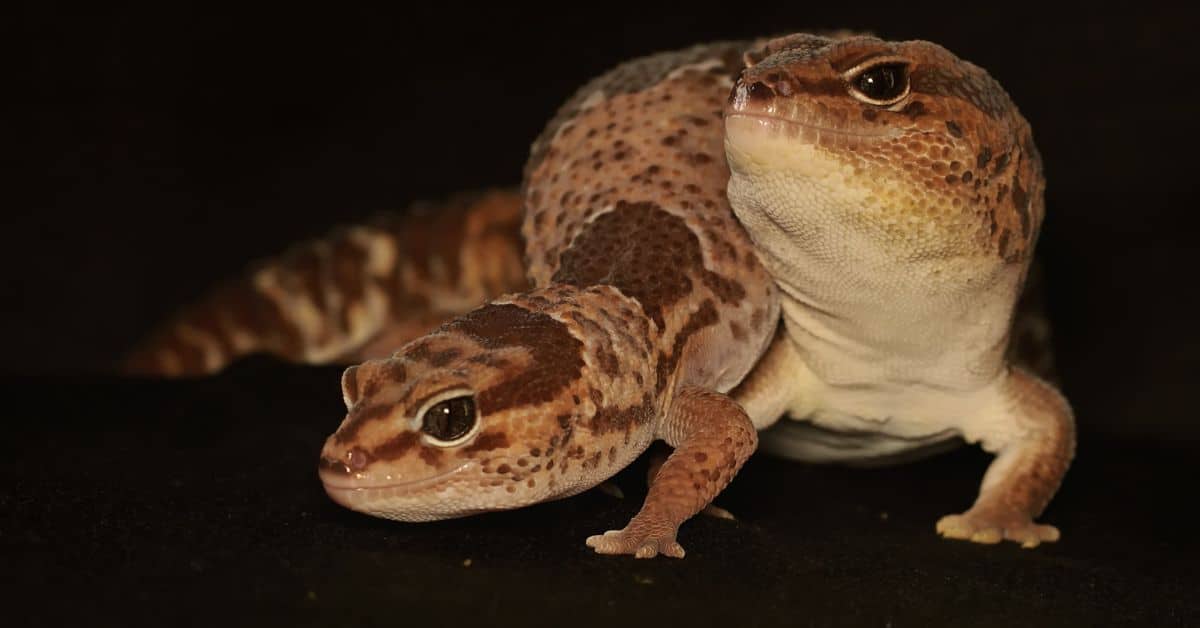
African fat-tailed geckos come from Africa – no surprises there! To be more specific, they are ground-dwellers from Senegal, Nigeria in West Africa, and the northern part of Cameroon in central Africa. The climate in these countries is typically hot, dry, and tropical.
The AFTG in the wild is a terrestrial gecko that feeds on insects and other invertebrates. It is found in savannah, grasslands, and among dunes in dry areas. Individuals are territorial and will defend their turf against intruders. They live on insects and other invertebrates and are nocturnal.
The African fat-tailed gecko (AFTG) lives at an average altitude of one thousand meters above sea level, but the altitude can be a bit higher or lower depending on the country in which it occurs. It is adapted to survive and thrive in relatively high temperatures.
Contents
Temperature And Humidity Range
AFTGs are nocturnal, so they emerge to hunt and live their lives when the sun has gone down, and temperatures are a bit cooler. Their preferred temperature range is between eighty and ninety degrees Fahrenheit. In the heat of the day, they are sleeping in their hideouts in the shade.
Not much is understood about their humidity requirements. Still, given that they are from areas that are tropical and humid between May and November and dry at other times, they are obviously accustomed to clearly defined seasons.
AFTGs occur in the hot and dry Sahel region of Nigeria as well as in the wetter savannahs. Their hiding places are usually dark and humid. Like all reptiles, they are ectothermic, which means they rely on external surface temperatures for body heat.
Terrain Occupied By The AFTG
The terrain in which the AFTG is found is dependent on their favored temperature range and humidity levels. It is generally savannah or rocky woodland where they can hide under rocks, bushes, old logs, dead trees, and other organic debris. They are most commonly found in the uninhabited burrows of other animals such as rodents.
The terrestrial biomes occupied by these geckoes are grassland or savannah and deserts or dunes. Their bodies are adapted to uneven, rocky surfaces, and they are territorial, so they will return to the same burrows and hideouts. Unlike other geckos, they don’t have toe pads.
Both male and female AFTGs are highly territorial and will defend their patch against intruders.
Breeding Season
The breeding season in the AFTG’s natural habitat starts in November and ends in March, and males compete for females. Depending on how many males they mate with, females will lay as many as five egg clutches during the season. Males and females will mate with multiple individuals without forming pair bonds.
However, competition for mates only occurs between males. Larger, more aggressive males with secure territories get the girls because they keep other males out. Clutch size is typically between one and three eggs. Females are smaller on average than the more dominant males.
Females can lay eggs throughout the year, provided that temperatures are suitable. They decide to some extent whether the hatchlings will be male or female, depending on where they lay the clutch.
At temperatures between twenty-four and twenty-eight degrees Celsius, the young will be primarily female. At temperatures between thirty-one and thirty-two degrees, they will be predominantly male.
Gender can be ascertained by looking for femoral pores underneath a geckos tail. Mature males have enlarged pores dotted on the underside of the tail just above the cloaca. The base of the male’s tail is also more bulbous than the female’s.
When the eggs are first laid, their shells are soft, but they harden a bit over time if fertilized. The shells of infertile eggs don’t harden.
Growth And Development
The incubation period for AFTG eggs depends on the temperature. Higher temperatures result in shorter incubation periods, and incubation can take as little as six weeks to as much as twelve weeks. The incubation temperature does not affect the size of the hatchlings, but it does affect their gender.
The hatchlings reach maturity in less than a year and look like miniature versions of their parents. The females reach sexual maturity faster than the males – at around two hundred and fifty to three hundred days. The average age of males at maturity is between three hundred and three hundred and fifty days.
In the wild, the lifespan of the AFTG is believed to be similar to their lifespan in captivity, which is around fifteen years. However, there are natural predators and other hazards in the wild such as illness and food shortages, that can significantly affect their longevity.
Food and Hunting
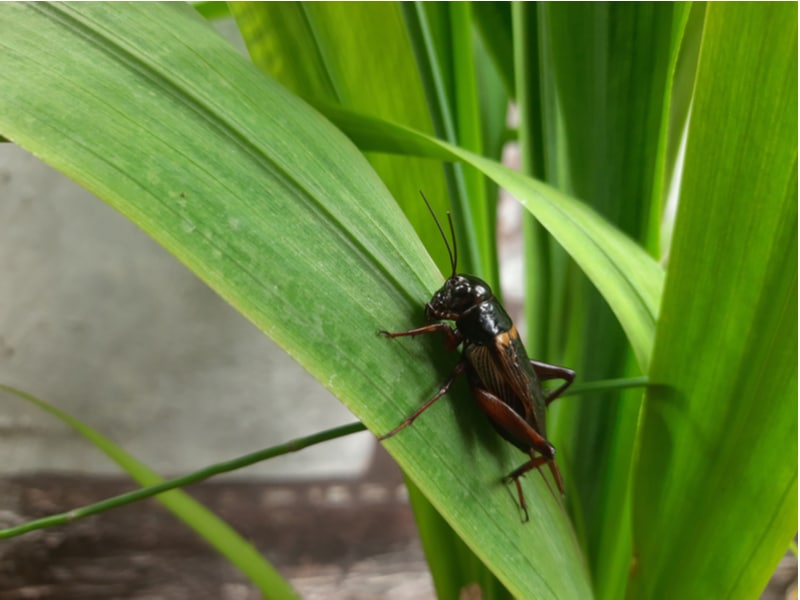
AFTGs eat insects and other invertebrates in their natural environment. The gecko will eat crickets, worms, beetles, grasshoppers, and roaches, among others. They hunt as individuals rather than in groups as they are not particularly social animals due to their territorial nature.
AFTGs do not eat plants of any sort. When hunting, an AFTG lifts its tail and waves it slowly from side to side. Researchers believe that the object may be to distract prey, but there is no certainty on this.
African fat-tailed geckoes also eat their shed skin to recover the calcium and other nutrients it contains. Some researchers also believe they do this to avoid giving their presence away to predators. Not much is known about AFTGs in the wild, as they are reclusive and nocturnal, making them challenging to study.
Some researchers have found that rainfall stimulates activity in AFTGs, but this doesn’t stop them from being active in dry months.
Predators
Scientists have not identified any specific predators of African fat-tailed geckos in the wild. Their natural predators are most likely snakes, larger lizards, owls, and small carnivorous mammals. The geckos spend most of their time hiding in dark spaces to avoid predation.
The fat tail distracts predators from the gecko’s head and breaks off when seized. This leaves the AFTG to live another day and grow a new tail. However, since the tail contains food stores, the gecko does pay a price for its narrow escape.
Wild AFTGs bite their captors hard enough to draw blood and respond to a threat by standing tall and stiff-legged and curling their tails up in the air. When touched, they also lash with both head and tail and make a loud hiss. If held, they latch onto the hand with their jaws and gyrate alternately clockwise and anticlockwise.
Conservation Status
Thankfully AFTGs are not threatened because they are widespread throughout their natural environment. The biggest threats come from being hunted for the pet trade and intensive farming operations in their habitat. It helps that they also occur in legally protected areas where they must be left alone.
Conclusion
There is still much to be learned about African fat-tailed geckos in the wild, as much of their information has been obtained from captive animals. They live in West African tropical countries with high temperatures and heavy rainy seasons but also inhabit the dry regions of these countries. Males and females fiercely defend their territory and respond aggressively to threats they can’t escape.
